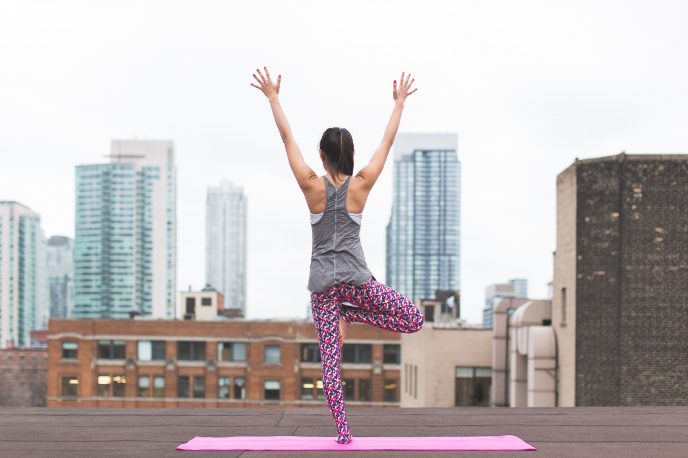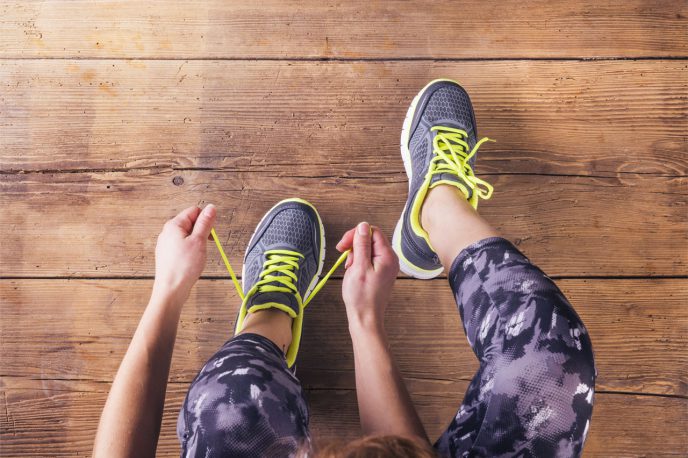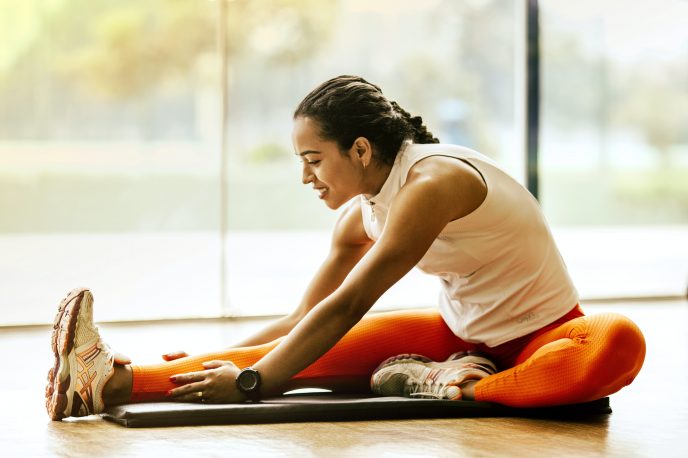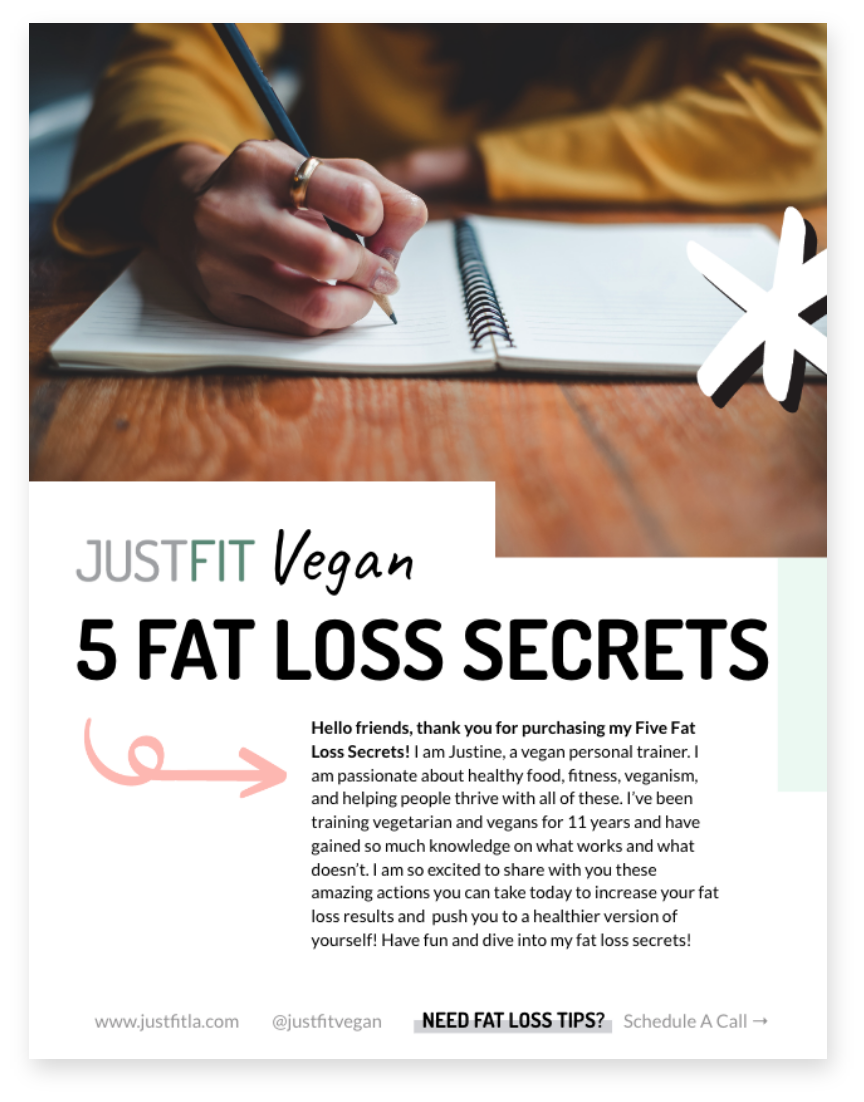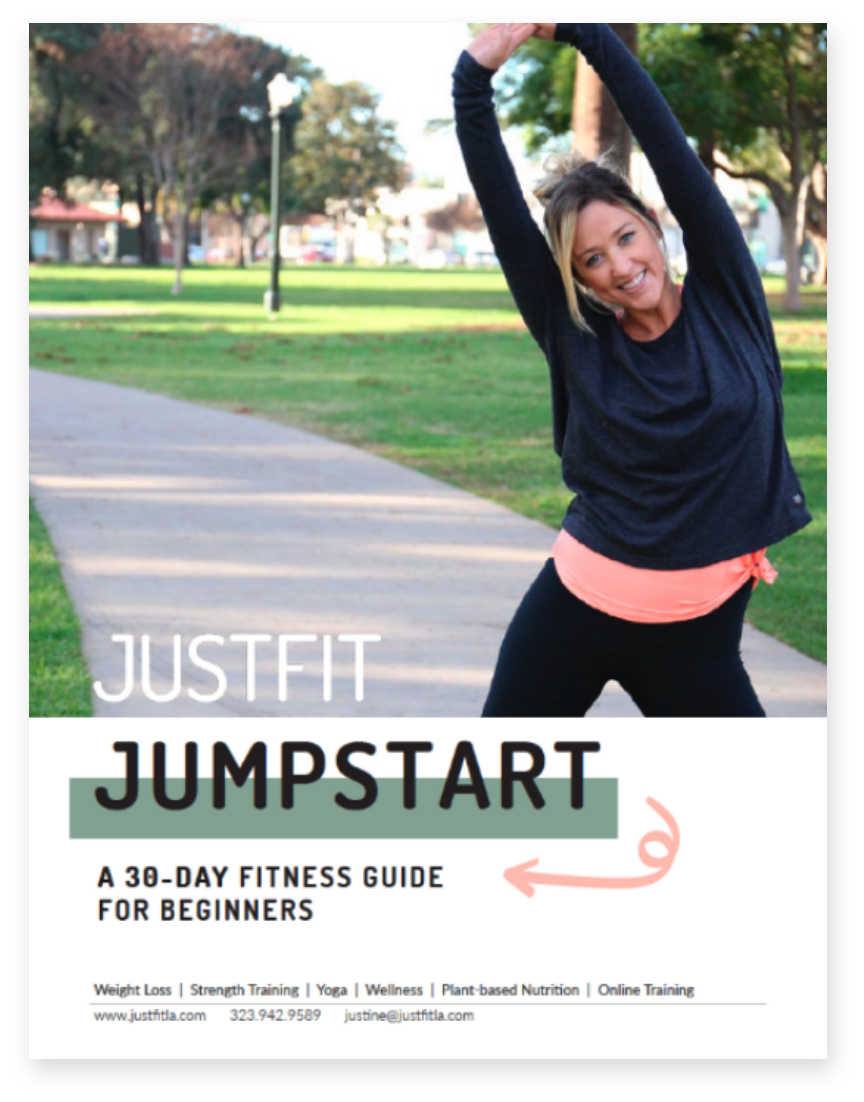What Should My Heart Rate Be During Rest and Exercise?
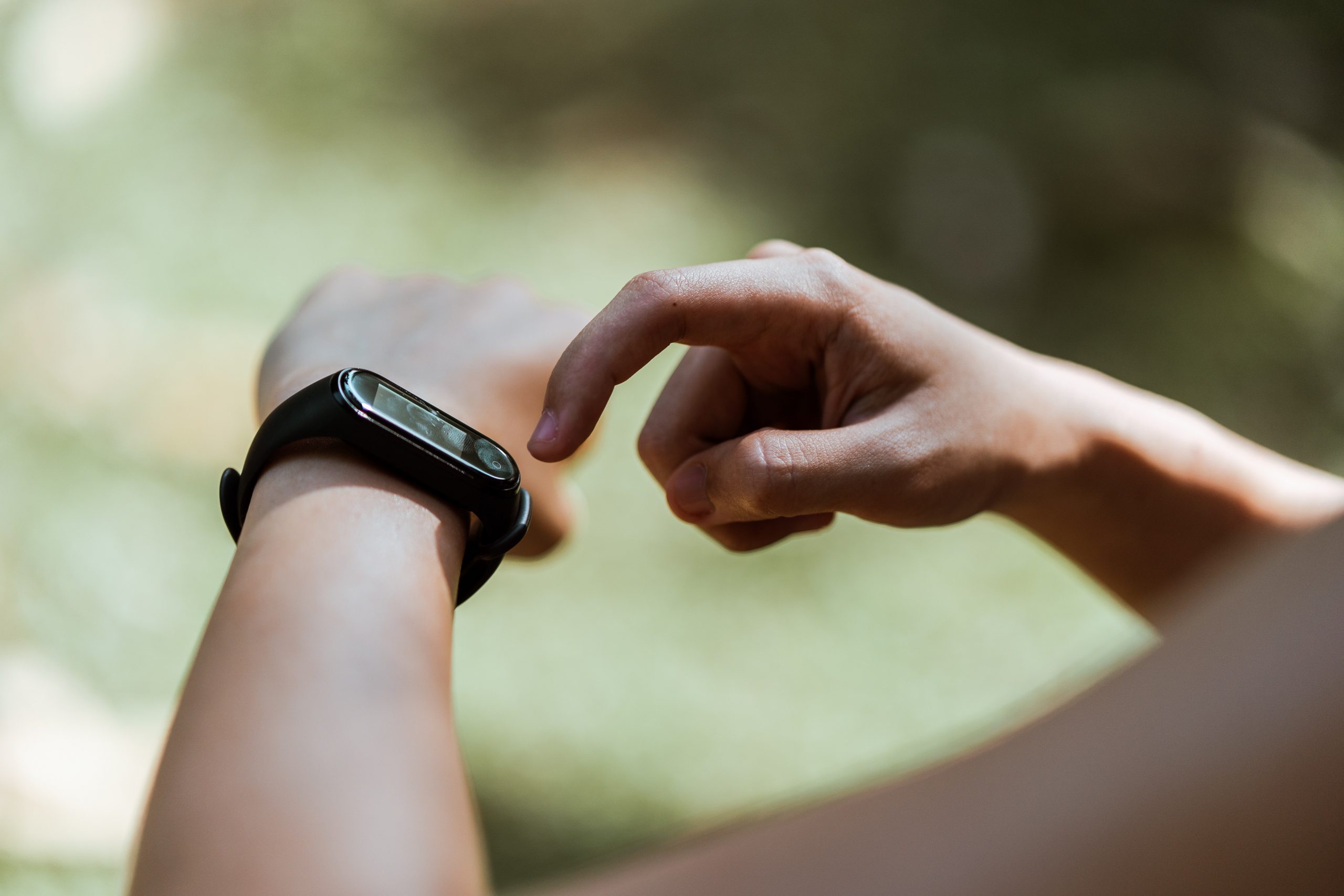
There are so many reasons why you may want to learn more about your heart rate. If you wanted to gage your heart health or if you are an athlete and training for optimal performance then it’s great to monitor heart rate!
Understanding heart rate during rest and exercise can help determine heart health and determine where your fitness level is. During exercise, your heart rate is important to know for safety and may help enhance your results. I’ll break it down for you below.
Note: For most healthy individuals it is not essential to track heart rate.
HOW TO DETERMINE HEART RATE DURING REST AND EXERCISE:
What should my resting heart rate be?
You can figure out what your heart rate is by placing a pointer finger and middle finger on the opposite wrist, on the inside, on the thumb side. Set a timer for 60 seconds and count your heart beats. This is your resting heart rate.
- 60-100 beats per minute is average.
- 40-50 beats per minute in more athletic people.
- Knowing this can help you determine how close to maximum heart rate you can safely be.
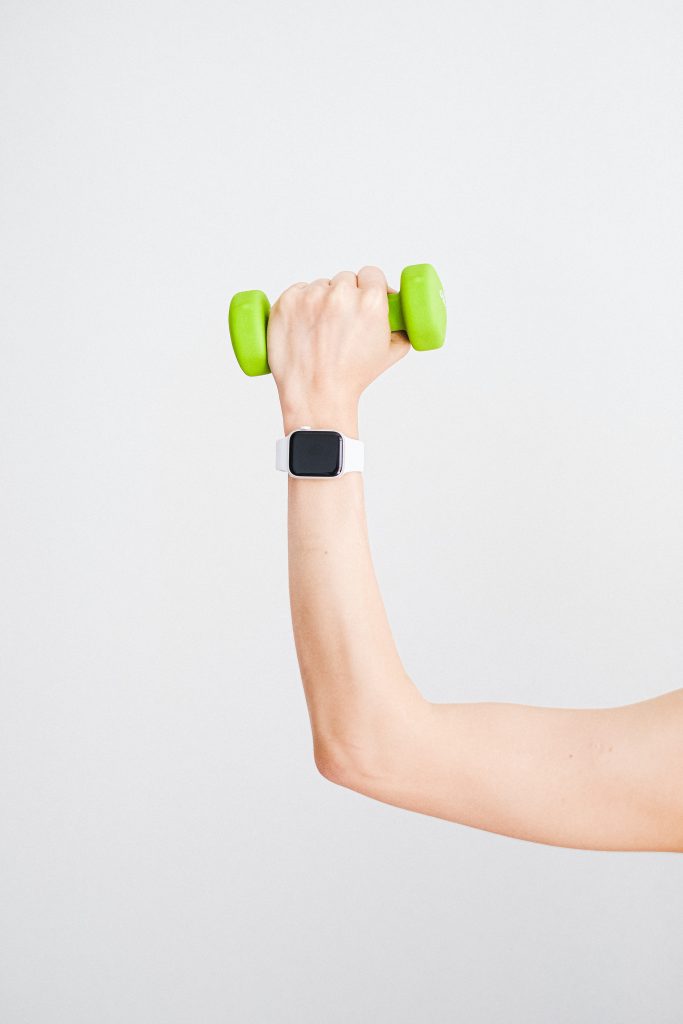
What is my maximum heart rate (maximum beats per minute during exercise) and what should my target heart rate be during exercise (the safe range of beats per minute for the length of the workout)?
You will want to first determine your maximum heart. You subtract your age from 220.
- Example for a 40 year old person — you would take 220 – 40 which equals 180 as her maximum heart rate.
- Then it is best to look at target heart rate in percentages. It’s good to aim for between 50% and 85% of your maximum heart rate as your target heart rate.
- So for a 40 year old, knowing that the maximum heart rate is 180 she would aim for 90 to 153 beats per minute during exercise.
- It’s also important to monitor how you feel while exercising. Two people at the same age can have different maximum heart rates due to how fit the person is. Learn and listen to your body and exercise safely.
MORE ON HEART RATE MONITORING:
It’s great to exercise your heart rate in many different ways and here are some options for you.
- Doing an interval workout every week to train higher heart rates mixed with lower paces will help with building heart strength.
- Doing low intensity steady state or LISS. Finding a comfortable heart rate zone and maintaining for 30 or more minutes. You can do this multiple days per week.
- A moderate pace is great for heart health, endurance, and will put you in a fat burning zone. This workout can be done in many ways such as on the elliptical where you find it challenging but not quite the intensity of high intensity intervals.
- Be sure to add variety to keep things fun and interesting for you. Play your favorite sport, chase your kids or dogs around. Spend one of your workouts blending some fun moves together, like jumping rope, mountain climbers, shooting hoops, and jogging.
- Make cardiovascular training fun. If you don’t you won’t stick with it!
Here are a few ways you can monitor your heart rate during your workouts.
- The old fashioned way and the same way you tested your resting heart rate. Fingers on your wrist and count your heart rate for 60 seconds. Or do 30 seconds and then double it.
- By using a cardio machine at the gym. While exercising place hands on the silver sensors attached to the handlebars of your machine. There will usually be a blinking heart on the screen and after a few seconds will show an approximate rate. These are probably the least accurate but can give you ball park numbers.
- The most accurate way to monitor your heart rate is by using trackers that attach to your chest just under breast bone and below your heart. It sends the results to your phone or smart watch and you can get real time accurate results
– Under Armour $60
– Garmin $43 - These next two are great for if you don’t want to wear a monitor around your chest.
– Kardia Mobile from AlivCor $99 – use fingertips to see your full EKg and beats per minute that link to your phone
– FitBit – $150 – wrist fitness tracker
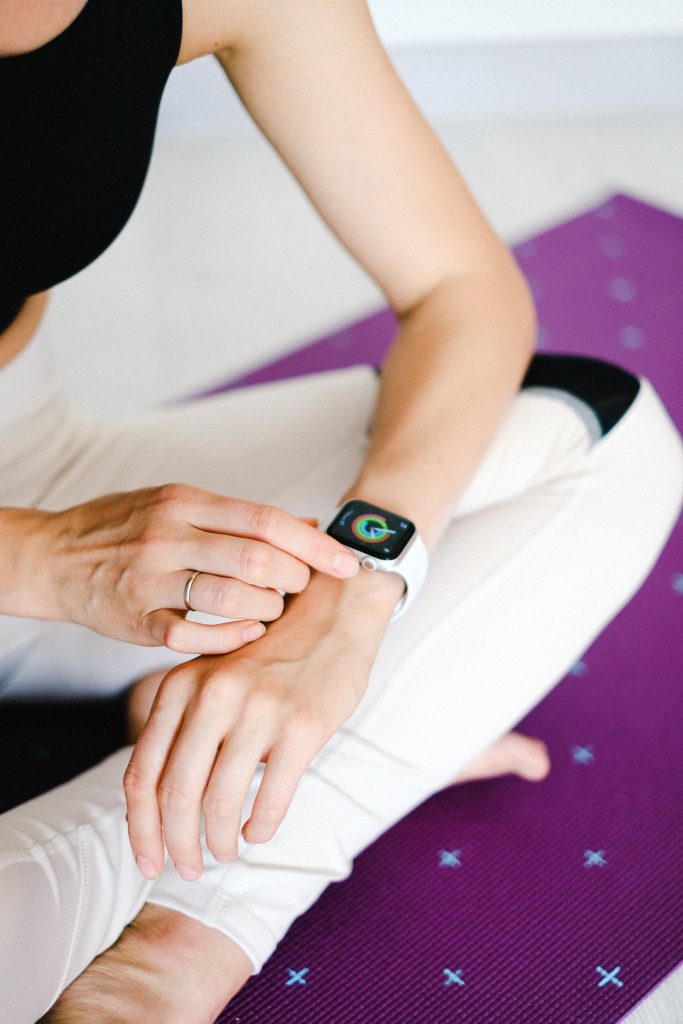
WAYS THAT MONITORING YOUR HEART CAN HELP YOUR HEALTH AND FITNESS:
Monitoring heart rate for weight loss
- When exercising aiming for 60 – 70% can put you in a fat burning zone. Lower or moderate paced cardio sessions where your heart rate is in 60 – 70 % range burns more fat in the moment. It’s important to mix in interval training sessions also because while not burning as much fat during the run your body in recovery/repair mode from the workout is even more fat over the next day.
Cardio for endurance strength
- If you are running for endurance then moderate and low intensity steady states is where you want to focus on.
- It’s good to add in hills and some intervals though for building strength, especially if you are doing any race training.
Monitoring Heart Rate for Health
- This one is the easiest to work on, you just have to be consistent, like anything else.
- It is important to get a variety of different types of cardio training and then while doing so monitor heart rate to stay in your safe ranges. Avoiding going over your 85% range. There is no need and could be dangerous to go higher than that.
Reasons to Ask for Help
You can get results by understanding heart rate. If you are not sure of your next step for heart health reach out to a fitness professional to help get you started. It is part of their training to help you learn how to use your body and get results.
- If you have some basic questions just ask a trainer at your gym, they should be happy to explain it to you.
- If you want in depth guidance and someone to help you reach goals, then hire a trainer to spend some time with you. It’s worth the expense to improve your health and fitness.
- You can take the guesswork out of heart rate monitoring because your trainer can do it for you!
Know When You Need to See a Doctor
Last but most importantly, if you have any chest pains, numbness or tingling in your body it’s always best to play it safe and talk to your doctor immediately.
- Consult your doctor if you have had any prior health issues. This may affect your heart rate guidelines.
- The doctor may want you to make your maximum heart lower, decreasing what you elevate your heart rate to during exercise.
- You may have to take precautions with high-intensity workouts or avoid them completely.
- Ask permission from your doctor if you can exercise safely.
- If it’s safe to exercise, have your doctor write a detailed note with heart rate guidelines, exercise limitations on what you can and can’t do to give to your trainer. (I require this note from all my clients who have or had any serious health issues. If your trainer doesn’t ask for one, make sure you get the information and give it to them anyway. They need to know your health status and make sure you are safe in their hands.)
Hope this was an informative article for you and will help you in your future health and fitness plans. If you have questions about this topic, let me know!
Cheers to health!
Justine
